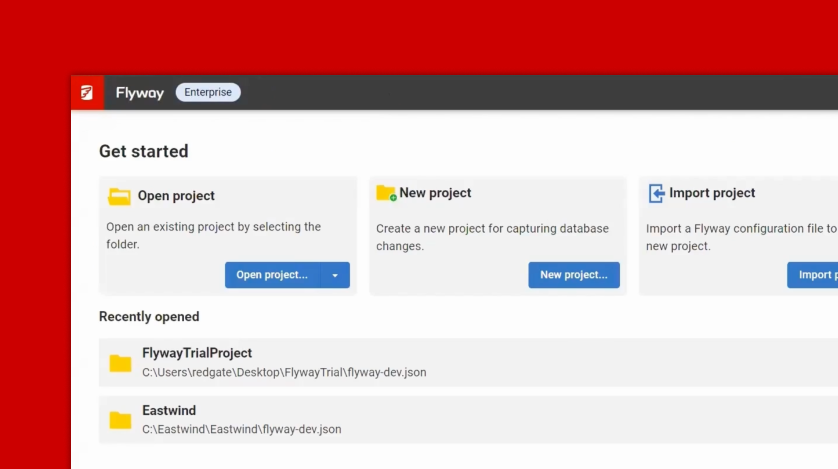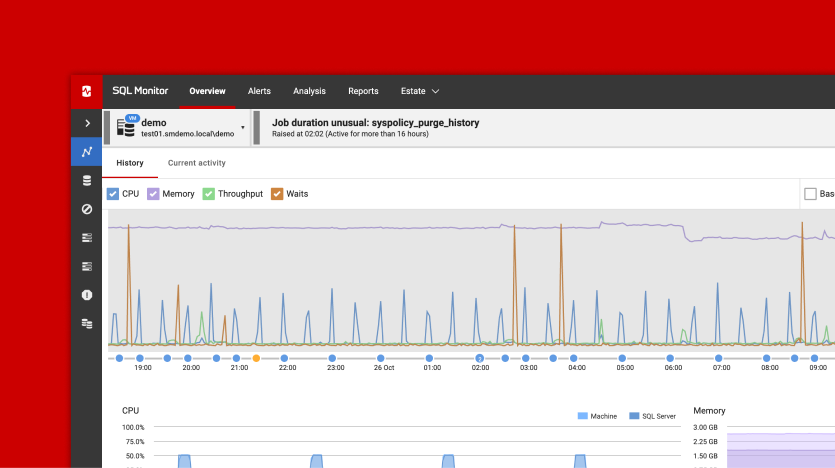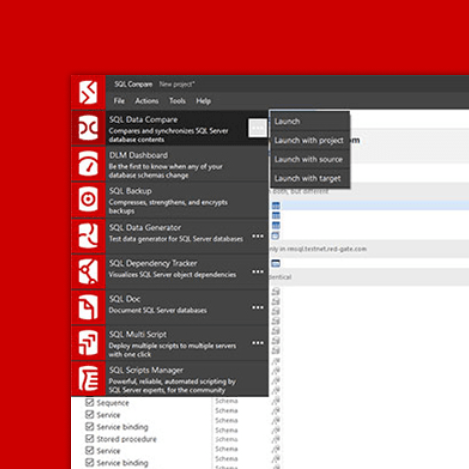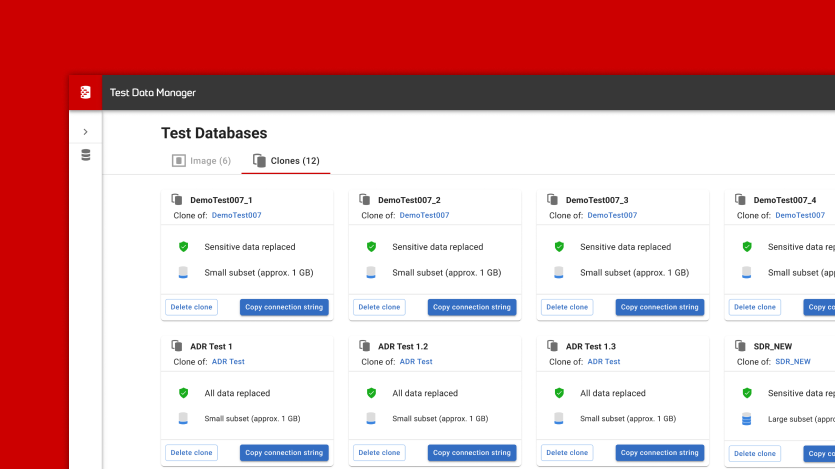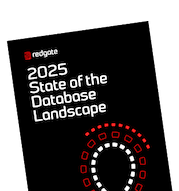Database monitoring in Financial Services: why this high-stakes sector requires a scalable, more comprehensive solution
IT and data teams in Financial Services must meet the more exacting demands for data integrity, compliance, performance, high availability and security that are expected in the sector. These demands require a dedicated, comprehensive, and scalable monitoring solution to help teams succeed in this high stakes environment.
Every IT and data team in Financial Services is already faced with never-ending challenges. They manage large database estates with Personally Identifiable Information (PII) that is particularly sensitive, requiring governance and process protection. They must constantly adapt to changing customer expectations with better products, more seamless experiences, and five-nines availability. They’re expected to deliver new features and services quickly, while keeping data safe.
All of which would be enough to cope with, but the database landscape is changing, baseline requirements are piling up, and the stakes are becoming higher for those who want to remain competitive in an already competitive sector.
Database DevSecOps is becoming the norm
A significant finding from our 2024 State of the Database Landscape report was that 58% of Financial Services organizations have already introduced at least Database DevOps in some form compared with 48% across other sectors, indicating the sector is ahead of the curve. But with organizations managing ever-growing data volumes and accelerating deployments, and the increasing security threats from data breaches, fraud, and compliance failures, database security practices must also evolve to avoid security gaps.
The ‘Shift Left’ practices of DevSecOps aim to make database security an integral part of the culture and techniques of database development and operations. By embedding specialized knowledge of security issues and requirements into development and operations work, it makes compliance more efficient, reducing manual effort and ensuring organizations stay ahead of evolving threats, without slowing down the delivery of improvements to databases and their applications.
Comprehensive, in-depth monitoring is now a requirement
The rise in the use of Database DevSecOps combined with the increase in the speed of database deployments, the mix of multiple database platforms both on-premises and in the cloud, and the requirement for regulatory compliance are all together highlighting a greater need for dedicated database monitoring in Financial Services.
Those in this sector monitor their databases more closely, more often and more comprehensively. Alerts and notifications, performance metrics and logs, database health checks, and log analysis and anomaly detection are all relied on far more. There is also significantly more use of real-time monitoring tools, dashboards and visualizations, and third-party monitoring services.
This is because, where multiple database platforms and cloud environments come into play, this is beyond the capability of basic infrastructure monitoring tools which cannot be expected to provide an estate-wide overview with comprehensive, deep-dive insights, customizable alerts and a consistent user experience across every database.
Instead, those in the sector need a monitoring solution that can monitor entire hybrid estates, whether on-premises, on Virtual Machines, or hosted on cloud platforms like Azure or AWS. It should grow and adapt with your server estate, offering the scalability to support your complex, multi-platform environment. It should offer a clear, consistent picture across every platform, provide a standardized approach to monitoring any and every database, and provide a single pane of glass view of every server at a glance.
IT and data teams in Financial Services also need automated ways to ensure data security and compliance, minimizing their manual efforts through instant visibility into past and present access rights and configuration checks against gold standards.
In this way, those in Financial Services IT can ensure they meet the more exacting demands for data integrity, compliance, performance, high availability and security that are expected in the sector.
Tools in this post
Redgate Monitor
Real-time multi-platform performance monitoring, with alerts and diagnostics
